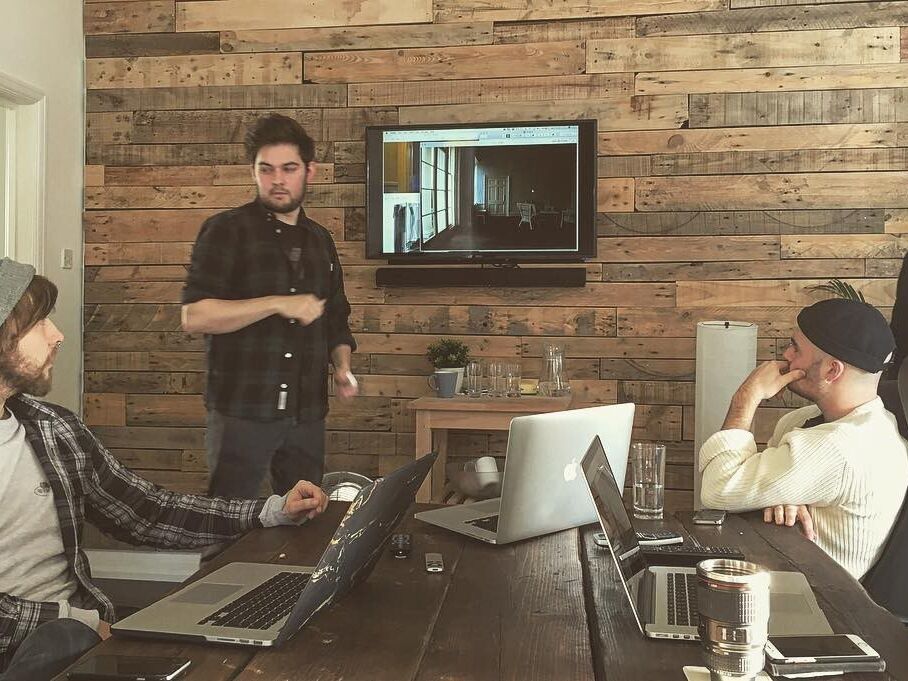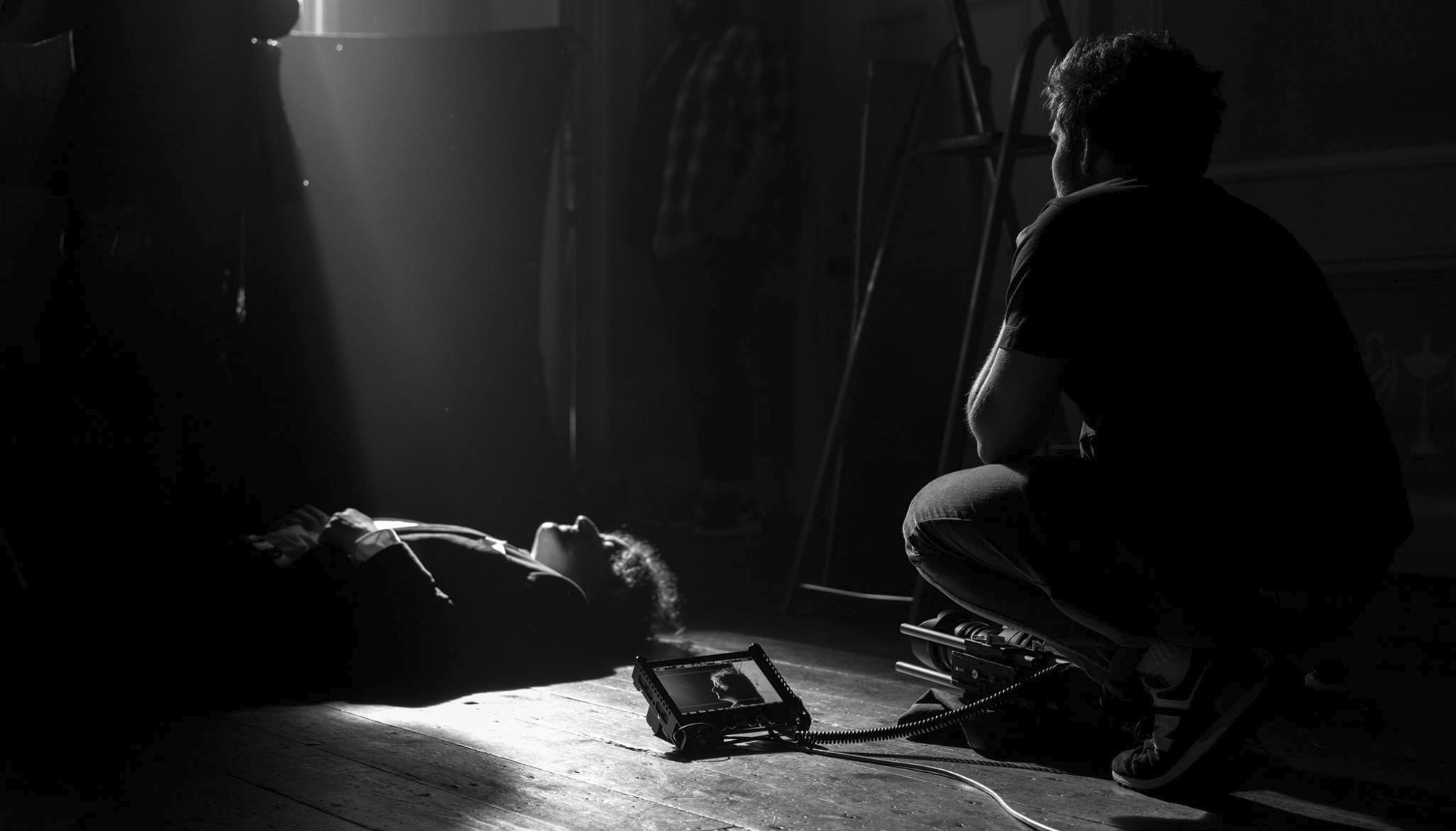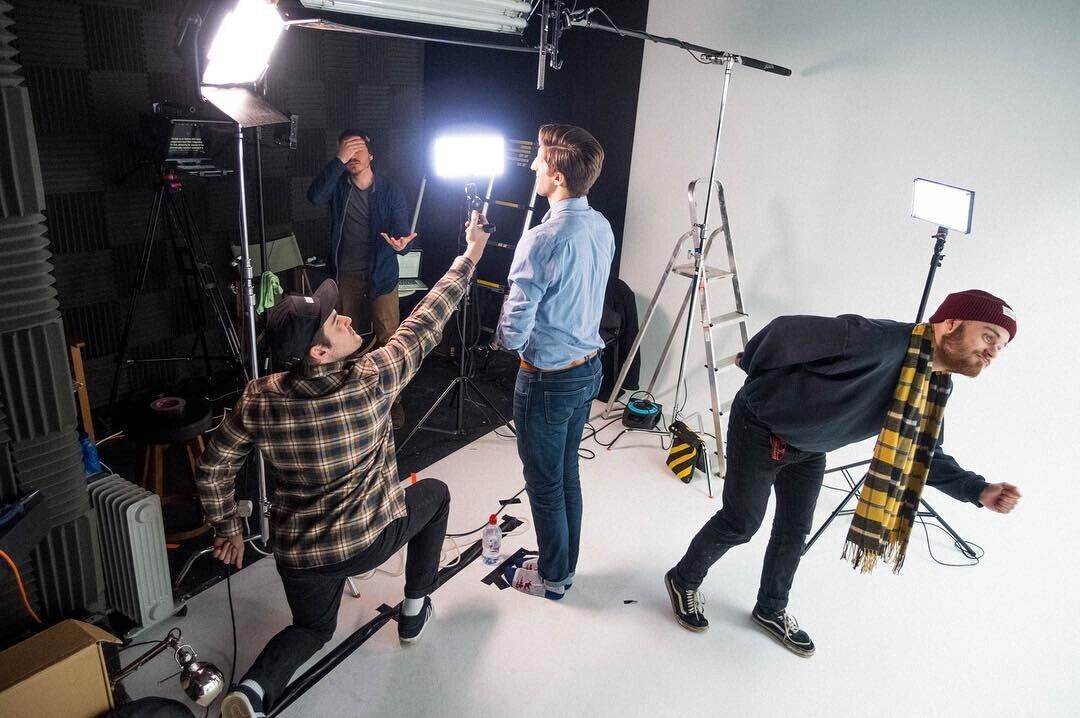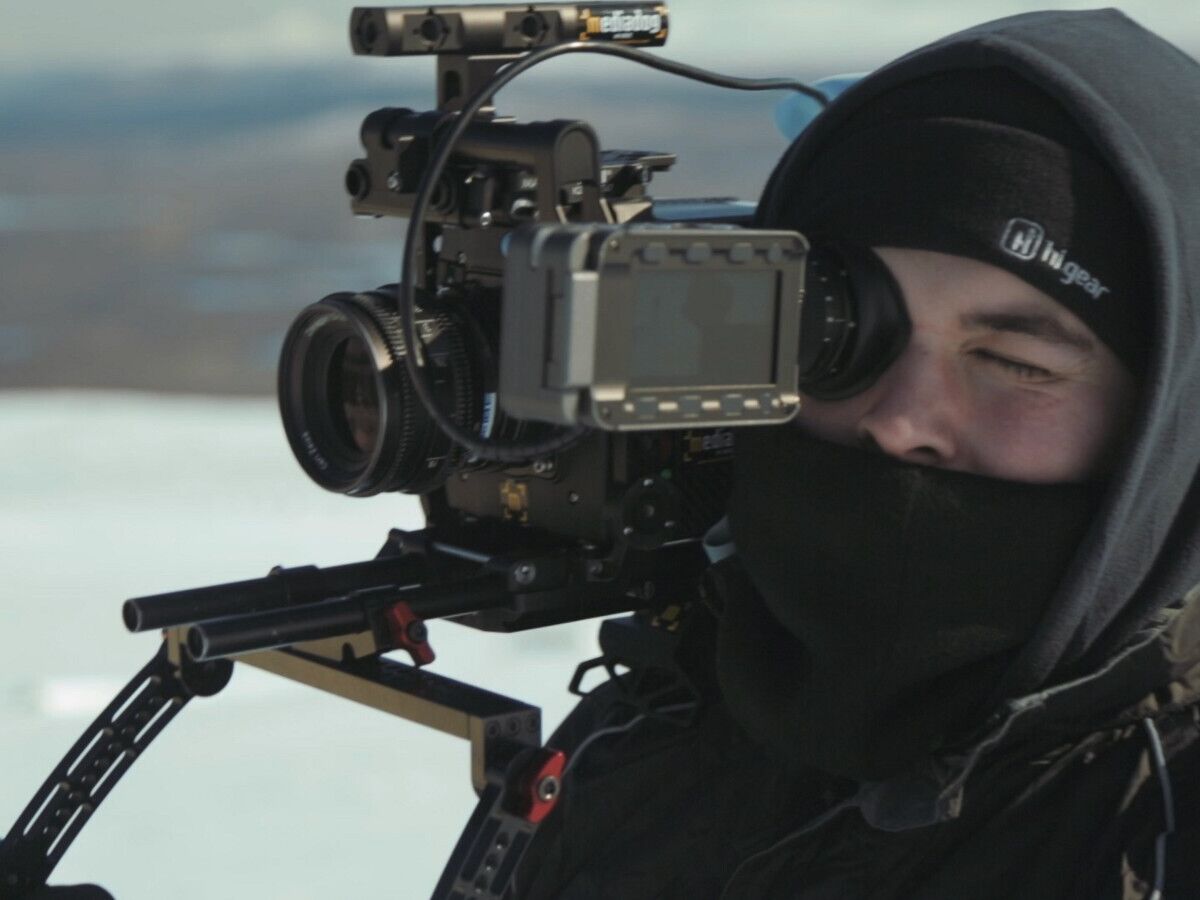Jelley’s Q&A #002: The Creative Process


This time, the ‘Q’ of Jelley’s Q&A (still unsure if I like the title…) comes from Alex Banks, who got in touch through the comments section of my last article. Nice one, Alex.
He certainly made the most of the lack of small print in this feature and has asked two very big questions. The sorta person who uses one of his three wishes to ask for more wishes are we Alex? Fair play.

To make things as clear as possible, I’ll answer one question this time around, with the answer to the second in the next post.
What is your workflow from first discussing through the idea with the client to arriving on set and knowing exactly where to place the lights and how to create the look you want?
Working as an in-house cinematographer vs working freelance, there are some immediate differences in terms of my involvement in the production pipeline. I think it’s best if I give you an overview of the way things work within my role at Storm & Shelter which should hopefully be useful.
In the large majority of instances, by the time I have been introduced to a project by Nick, our Production Director, he will have done a great job of deciphering what kind of product the client is after. He’ll work with the client and put together a brief, outlining the ambition of the project, what deliverables they require and the rough budget that they have to complete the project.
Once there is a written brief, Nick then offers the project to a director who will be suitable for that specific project. This is usually the earliest point at which I’ll get a sniff of the project. If the director at this point has decided that they want me in as DOP, I’ll sometimes play a minor consultation-based role which is usually a preemptive case of “If I pitch this, can we actually achieve it visually?”. Depending on the experience of the director, this won’t always be a thing, but in my opinion, the sooner I can be at least made aware of a project, the better!

The director will compile a pitch deck which outlines their idea for the project, along with images, style references and an idea of how they will execute the task. There’s an art to this, in the sense that it has to very concisely explain to the client what the idea is, whilst also injecting some personality and tying together the artistic and emotional intention.
If all goes to plan, the client loves the pitch and gives the green light for work on the production to start.
It’s at this point that my involvement in the production really begins. First off, I like to have an informal sit down with the director (usually over a coffee) to just talk about the project; its themes, styles, influences, emotions, and the way the director sees the action playing out on screen.
Usually, by the end of this chat, we’ll have created a shared Pinterest mood board, which we’ll use to share ideas on how we see the finished product looking. This can include anything from basic colours to the sort of location we want to use, to the actual look of the film. Every director has a slightly different way of communicating and a different idea of what a certain look or style looks like to them.
DOP Ed Moore gave a really good example of this at a seminar I saw at BVE last year. He likes to ask questions such as “What does the term ‘dark’ mean to you?”. To some directors, dark can mean very low-key, with a lot of silhouetting and contrast. To others, it can be a more high-key look; dim, but with low contrast across the whole image. Finding images that reference these details can be really helpful in making sure that you and the director are speaking the same language. The Pinterest board also gives me a chance to offer new ideas, which of course the director can choose to disregard if they don’t align with his vision. Finding out what your director doesn’t like or want is just as useful as offering ideas that they decide to keep!
Depending on the type of director you’re working with, deciding upon lens choices, lighting styles and plans, camera movement and placement can be something that you find yourself doing working out independently or very much alongside the director. Some directors are very actor/action-focused, meaning that they’re focused on the performances given on screen and are happy to give complete control of the way the images are created to the DOP.

Other directors are very technically capable and will want to have in-depth discussions on all aspects of the shoot down to the positioning of the lights and framing of every shot. It’s quite typical for directors to fall somewhere along the line between the two. Part of being a cinematographer is being malleable enough to work with all kinds of directors.

It’s very hard to give a broad explanation of how I go about lighting to create a mood because I really do approach every shoot differently. There’s no one light or technique that I like to use more than another, and even if you know your style, there are usually several ways to light in order to achieve the look you need.
A lot of the time, the way I’ll light something is the result of a variety of gates that I have to climb over and hoops I have to jump through.
- Is there adequate power on location?
- Do I have enough budget for a Gaffer?
- How much time do I have to light this scene?
- What is happening in the scene?
- How can I light it so that the action can take place smoothly and efficiently?
As well as all of these questions, I find it really important to ask myself:
“What are the emotions experienced in this scene? What are the characters feeling?”
If you can keep asking yourself throughout production and refer to your mood boards, you’ll find that it acts as a good compass for keeping your creative decisions consistent with the style you’re shooting.
